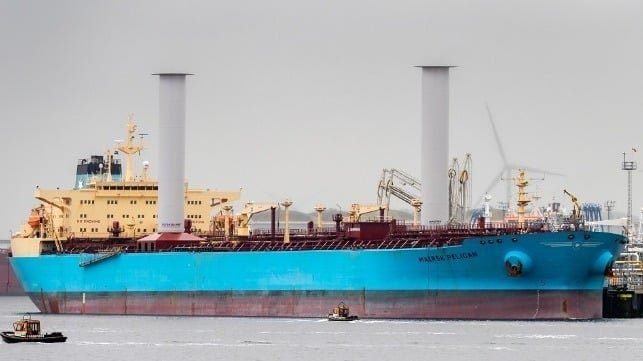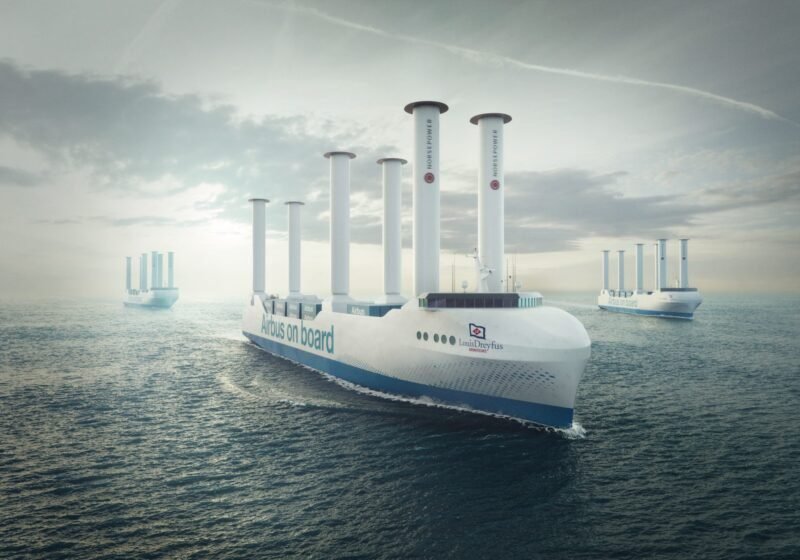Wind energy has a long history in vessel propulsion, from sails to modern technologies like Flettner rotors. These large cylinders spin on a vertical axis, redirecting wind energy to propel large vessels through windswept regions of the ocean, reducing fuel consumption. Recent advancements in technology offer opportunities to enhance the performance of wind-assisted and wind-propelled commercial vessels by combining them with Flettner cylinders.
Various geographic locations around the world experience reliable and steady winds, making them ideal for wind-based vessel propulsion. Coastal winds that blow inland from the sea and in the opposite direction after sunset provide a basis for utilizing wind energy for propulsion. Ship captains have reported up to a 25% reduction in fuel consumption on voyages where Flettner rotors were installed, demonstrating the effectiveness of this technology in harnessing wind power for propulsion.
The concept of “convergence of technologies” involves combining existing technologies with Flettner rotors to enhance propulsion on commercial vessels. Bi-directional mechanical gearboxes and electric motors can be used to rotate the cylinders based on wind direction. Maritime vessels can also carry grid-scale batteries to sustain cylinder rotation, while wind turbines and waterwheels can help initiate and sustain rotation. Future wind-powered vessels could combine various technologies like Flettner rotors, suction sails, and kite technology for propulsion.
In conclusion, wind energy is increasingly being used to assist vessels with propulsion, with potential for commercial vessels to sail exclusively on wind power. Future wind-powered cruise ships could feature a combination of technologies like Flettner rotors, suction sails, and kite technology for propulsion. The development and integration of these technologies offer promising opportunities for reducing fuel consumption and harnessing wind power for sustainable maritime transportation.
Share it now







